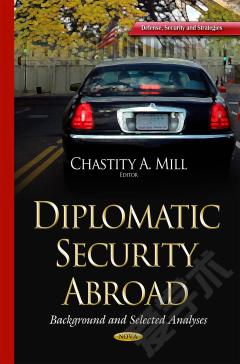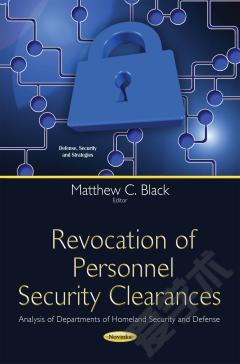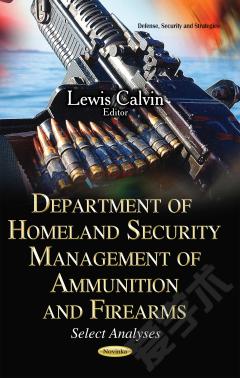Diplomatic Security Abroad: Background and Selected Analyses
The United States maintains about 285 diplomatic facilities worldwide. Attacks on such facilities, and on U.S. diplomatic personnel, are not infrequent. The inability to provide perfect security, especially against the evident threat of mob violence, has focused particular scrutiny on the deployment of diplomatic personnel in high-threat environments. This book provides background information on the organization, practice, and funding of U.S. diplomatic security efforts. It also provides summary information on the September 11, 2012, attack on U.S. facilities in Benghazi, Libya, as well as on the subsequent Accountability Review Board. This book also evaluates how State manages risks at work facilities overseas; the adequacy of State’s physical security standards for these facilities; State’s processes to address vulnerabilities when older, acquired, and temporary overseas facilities do not meet physical security standards; and the extent to which State’s activities to manage risks to its overseas work facilities align with State’s risk management policy and with risk management best practices.
{{comment.content}}








 京公网安备 11010802027623号
京公网安备 11010802027623号